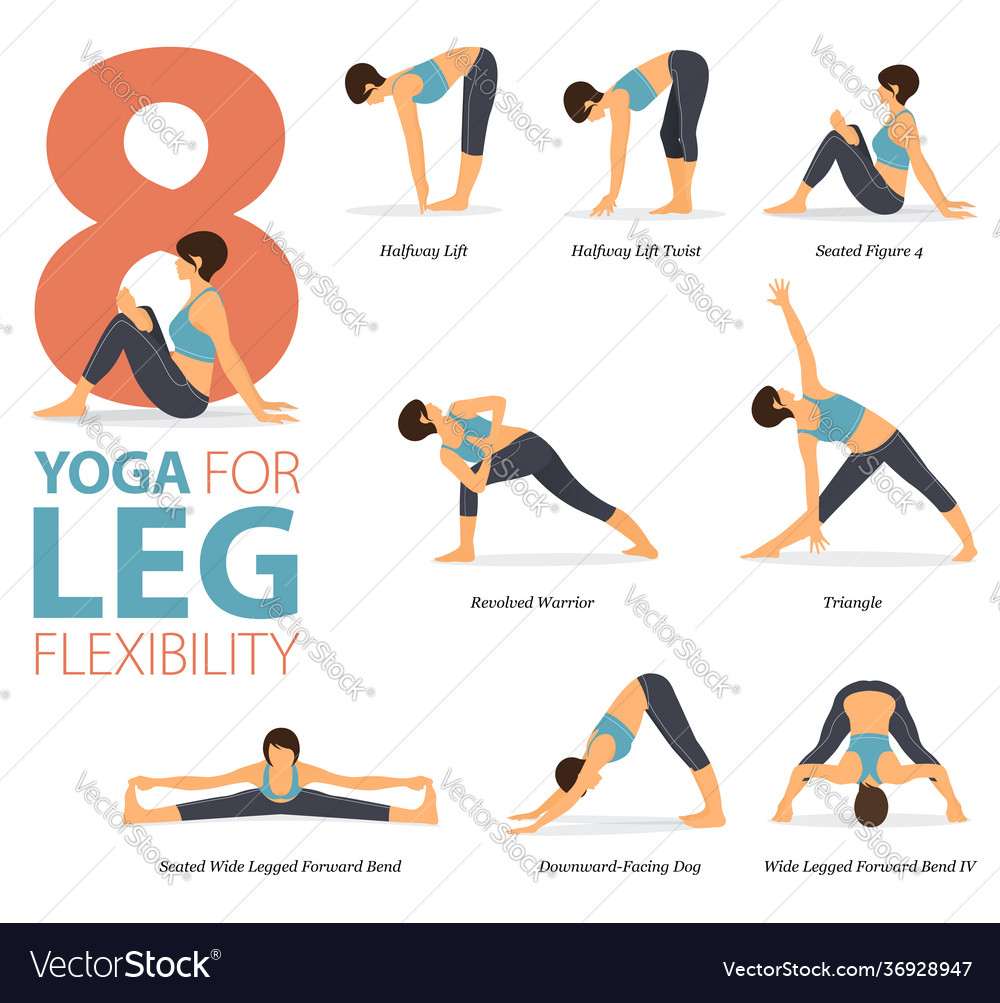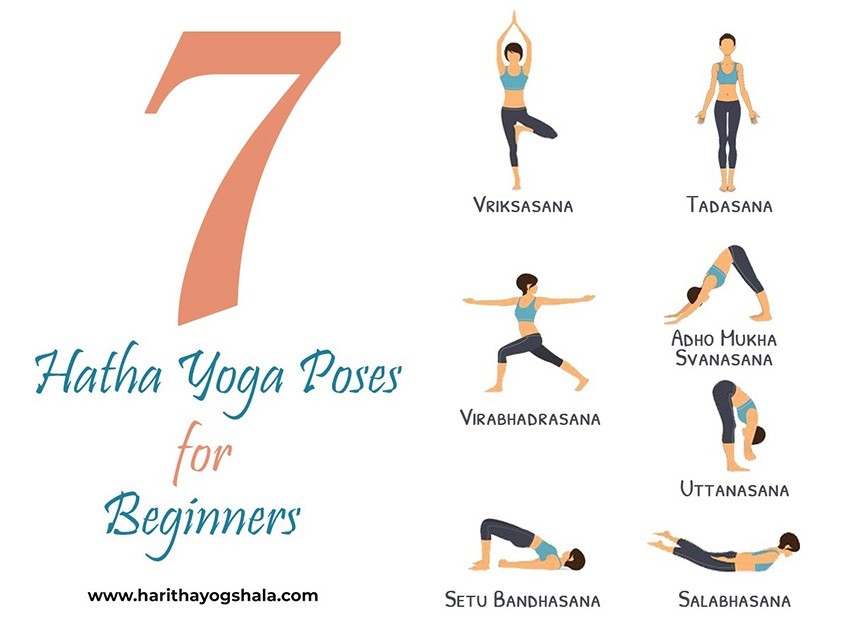
Pratyahara, one of five elements in Ashtanga yoga, is Pratyahara. It is the fifth and final element of the Yoga Sutras. Patanjali authored them in the 2ndcentury BCE. This discipline, if done correctly, can help you regain control over your mind and senses.
Take control of your senses
Pratyahara, or the practice of taking control and leaving behind worldly desires, is Pratyahara. Focusing on one sense can help you practice this technique. Then, focus on the inner world and turn inward. Advanced practitioners can even disable involuntary muscles or nerve currents.
Taking charge of the senses is one of the five limbs of the Ashtanga Yoga practice. It helps you pay more attention and be more aware of your thoughts, feelings, or other factors that can influence your life. It helps us to be more aware of the role that our thoughts have in our suffering by changing our relationship with sensory information. Pratyahara can also help us develop a more grounded posture.

Pratyahara can be used as a spiritual practice. The goal of Pratyahara is to direct our senses to follow a natural flow. It involves engaging the senses conscious, and thereby deciding what to withdraw. It also involves a practice of meditating.
Take charge of your mind
Pratyahara is a practice of withdrawing the mind from its sensory inclinations and focusing on an awareness beyond the world. This is achieved by controlling the sensory inputs. This process allows us to develop a pure mind. Sattvic awareness is the awareness of the insatiable nature and desires. It can also protect our senses.
Pratyahara (or meditation) is an important step. It can be used in many ways, such as to reduce mental restlessness or learning to focus on an internal experience. It can also help you to see the conscious self clearly. Pratyahara helps you master your mind and eliminate distractions.
This can be achieved by turning off your smartphone, allowing yourself some time, and turning off television and social media. Focusing on the positive is key to avoiding negative thoughts and reacting negatively to others. It is also useful to practice restorative yoga, which teaches sustained stillness.

Take control of your senses
Pratyahara, a method of spiritual awakening, is one example. It is the act of consciously engaging one’s senses and regulating one’s behavior to suit one’s needs. This allows one's to choose what to focus on, and what to withdraw. Although this is not an easy practice, it is crucial to increase mindfulness and enlightenment.
Practyahara aims to awaken the spiritual aspect of one's mind. Practyahara allows a person to gain insight into their inner psychology and discover new dimensions in life. You may be able to discover your senses in new ways, and you can begin to build a relationship with them. This awakening can bring about profound changes in a person's life.
For this practice to begin, one should disconnect from all technology and social media. You can then practice mindfully, focusing your attention on positive thoughts, and continue to practice. They should avoid reacting to others and be aware of their aura. They should also practice restorative Yoga to cultivate stillness.
FAQ
Are yoga mats necessary?
Not necessarily. Many studios offer mats for students. These mats are usually made of rubber and are easy to clean.
You may also choose to purchase your mat. You will have a good mat for many years.
What is the difference in yoga and pilates?
Although both pilates or yoga can be effective, they differ in their methods of working out. Both are based upon stretching, but yoga focuses more on strengthening your core muscles and building strength.
Pilates emphasizes strengthening your core muscles as well as improving your balance. It is important to remember that pilates can be complemented by yoga.
What happens if you practice yoga every day?
You will feel calm, relaxed and centered. It helps to improve your posture, balance, and flexibility.
You are more aware of how your body feels when you move. This awareness will make you more conscious and mindful of yourself.
Yoga improves concentration.
Your mind will be sharper and clearer. It calms the nervous system. It lowers stress levels. And it gives you a sense of peace and well-being.
I do already engage in some type of physical activity. Do I still have the potential to benefit from yoga?
Yes! Yoga can help you train even if your physical activity is not too high. Combining yoga with other exercise such as running, biking, swimming or lifting weights will yield greater results.
This is because yoga helps focus on correct breathing techniques which can help you burn calories quickly.
It can also increase endurance. So, whether you're a beginner or an advanced yogi, you can enjoy the benefits of yoga.
Are there any benefits to yoga for those with chronic illnesses?
Yoga can help those with diabetes and heart disease. It improves flexibility, stress reduction, and overall fitness.
Yoga can also be helpful for other conditions, such as arthritis and cancer, depression.
Is 20 minutes of yoga enough for a daily workout?
Yoga should not be seen as just an exercise, but rather as a chance to discover yourself. It is an opportunity to reflect on your life, and how it has been lived.
My friend had been practicing yoga for many years and introduced me to it a few years ago. He explained that he used to do yoga for 20 minutes every morning. This helped him feel more calm throughout the day.
I tried it, and it was a great way to improve my overall health. I have continued practicing yoga every day since and find it helps me relax and concentrate when I am at my desk.
Finding what works for you is key, as well as setting realistic goals. If yoga isn't helping you reach your goals, it doesn't mean that you have to do it every day.
What are the requirements to practice yoga in a flexible way?
It all depends on the type of yoga that you choose. Some yoga styles require flexibility while others emphasize muscle strength.
Different styles of yoga require different levels of flexibility. Beginners may need to only stretch their arms overhead. Whereas intermediate practitioners may need to bend forward and touch their toes. Advanced practitioners might be required to perform deep twists, bends.
Statistics
- Lock in 25% off your Founding Member rate. (corepoweryoga.com)
- The American Psychological Association recently shared that 84% of American adults feel the impact of prolonged stress (5). (healthline.com)
- The people in the yoga group were 37 percent more likely to have quit smoking by the end of the 8-week program. (nccih.nih.gov)
- According to the Agency for Healthcare Research and Quality, falls are incredibly common among older adults in nursing facilities. Even the simplest ones can increase the risk of death (24). (healthline.com)
- A 2020 review of 27 studies (1,805 total participants) of yoga interventions in children or adolescents found reductions in anxiety or depression in 70 percent of the studies, with more promising results for anxiety. (nccih.nih.gov)
External Links
How To
Which is the best place to do yoga?
There's no right or wrong way to practice yoga. Every person is different. Only you need to choose the positions that feel most comfortable.
Here are some commonly used positions:
Standing poses - These are great for beginners as they allow you to view your body from many angles. It is also easier to focus on your breathing with these poses.
Forward bends: Forward bends are used to stretch tight areas. You can do them sitting down or lying down.
Backbends – Backbends are considered to be advanced poses. You should consult your instructor before you attempt one.
Inversions - These are poses that require you upside down to balance. This is a difficult but rewarding form of yoga.